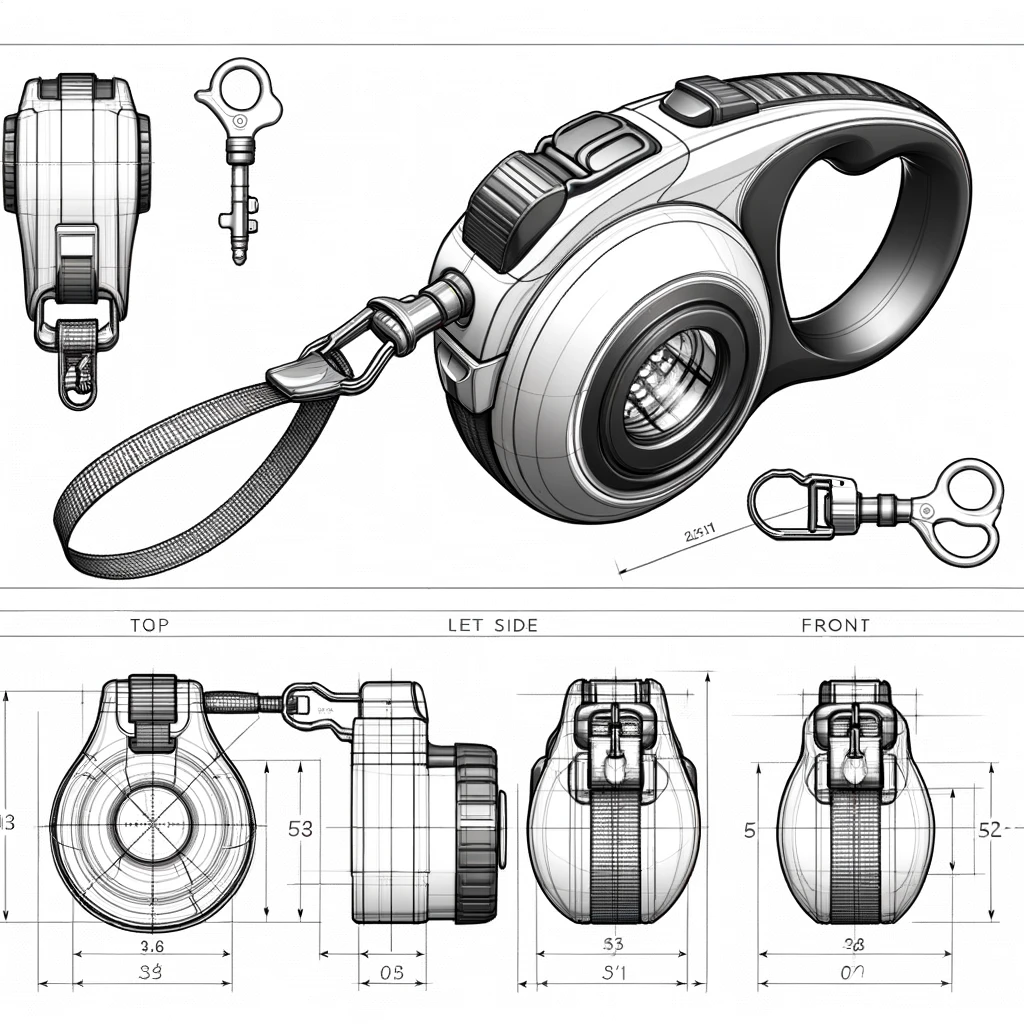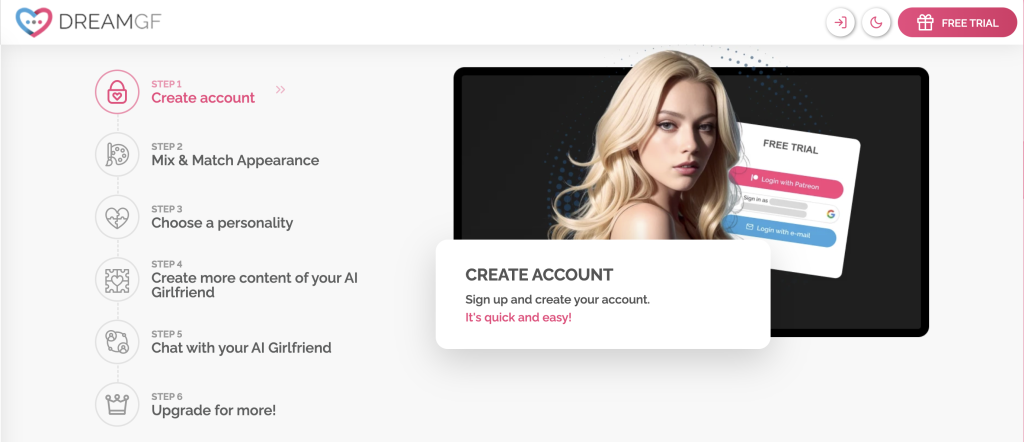Embracing AI: Opportunities and Challenges for Today’s Businesses
Over the last several years, Artificial Intelligence (AI) has evolved to become a truly remarkable technology offering unparalleled opportunities while posing significant challenges. As we navigate this dual-edged sword, it’s vital for entrepreneurs and business leaders to leverage AI’s potential responsibly and strategically.
AI is a tool…a very powerful one, but a tool none the less.
Just as a Telephone or Online Video, can be used for good or deceitful purposes, the same is true with AI.
Seizing the Opportunities AI Presents
Streamlining Operations through Automation: AI’s capability to automate complex and repetitive tasks transforms operational efficiency, allowing teams to focus on innovation and strategic planning.
- Real-world application: AI-driven customer service bots can handle inquiries and troubleshooting, freeing up human agents for more nuanced customer interactions. You can train AI by uploading your unique business support manuals, procedural documents, frequently asked questions, links to support videos, etc and empower AI to handle a significant portion of customer service at scale.
Empowering Decisions with Data: AI excels in parsing through extensive datasets to unearth insights that drive smarter, data-driven decisions. It can devour not only publicly available information, but information that you upload directly.
- Real-world application: I have used AI to analyze complex legal & tax documents (e.g. new tax laws, foreclosure filings, etc) to provide me an overview summary of findings. This past week I uploaded a 625 page PDF to Chat GPT and within a minute or so I had a summary of findings. I could then ask additional questions and it answered them based on the information in the PDF.
Note: You should absolutely still utilize quality attorneys and CPAs…I do! But AI does help you (and those professionals) potentially get your answer or valuable insights faster.
Fueling Innovation: AI accelerates the development cycle of new products by enabling rapid prototyping and feedback analysis.
- Business impact: Companies can drastically reduce time-to-market, enhancing competitiveness and customer satisfaction.
- Real-world application: Just for fun (and to test AI capabilities), I recently asked Chat GPT 4 to create a Dog Leash with a flash light incorporated. It quickly provided me a sleek example of the product.
I then asked it to create technical drawings and while it could not provide a CAD File, it did provide a good conceptual technical drawing.


Navigating the Challenges AI Imposes
As humans, we experience the world through our senses. For the first time in history technology has advanced so much that we need to question what we hear and see. Recently Microsoft announced VASA-1 a powerful image facial animation tool that syncs audio, lip reading and facial expressions.
While this can be a powerful aid in customer service or the ability to scale marketing & sales efforts, this technology can be used for deceitful purposes. I was recently told that hackers used a similar technology to fake a kidnapping and extort money from an elderly grandparent.
Microsoft recognizes the potential for harm and their responsibility to mitigate that potential risk as much as possible. Therefore they have decided to not releases this technology to the public until they have more clarity on the most appropriate & ethical way to proceed.
Workforce Transformation: Automation will displace certain traditional jobs, creating a gap in the workforce that must be addressed through re-skilling and upskilling initiatives.
It is clear to me that certain types of professionals that know how to properly utilize AI will be significantly more productive than those that do not (e.g. marketing professionals, coders, writers).
- Proactive solution: Implement ongoing education programs to equip your workforce with AI-relevant skills, ensuring they remain valuable as the job landscape evolves.
- Real-world applications: I have utilized AI to help me create drafts of email newsletters (by giving detailed prompts), unique articles on Gift Giving on my website GiftsPeopleWant.com and more.
Ethical and Privacy Concerns: As AI systems handle more user data, businesses face increased risks around data security and ethical use.
- Commitment to integrity: Establish clear data governance policies that prioritize customer privacy and ethical AI usage to build trust and compliance.
Over-reliance on Technology: Dependency on AI could be detrimental if systems fail. Maintaining a balance between automated and human-driven processes is crucial.
- Balanced approach: Develop contingency plans that include manual overrides and checks to ensure reliability and service continuity during AI downtimes.
Speaking of being too dependent on technology…there are even people creating AI “Online Influencers” that don’t really exist. The influencer is created using AI, content is shared online to build an audience on social media channels, then in some cases people even create OnlyFans accounts that sell “premium adult only content”.
Taking it a step further, companies are even creating AI Girlfriends. You can pick their looks and personality.

The “AI Girlfriend” looks and interacts with the person how they desire. Further, the AI girlfriend can text them “I love you” throughout the day and send you pictures or messages to make you smile. The whole thing is very weird!
With these advances in AI, you wonder how people will be impacted psychologically if they develop an attachment to an AI version of their dream woman (or man). If an AI can be programmed to meet one’s emotional needs, what happens when a real human partner, with all their inherent imperfections, falls short of this digital significant other?
Will those same people be able to develop a healthy relationship with a real significant other?
Laziness and Loss of Skills:
As we increasingly integrate artificial intelligence (AI) into our daily routines, we must be wary of the risks, notably the potential for increased laziness and the loss of critical skills. While AI offers unparalleled efficiency, its convenience can lead us to bypass the mental rigor involved in tasks such as decision-making and problem-solving, potentially diminishing our analytical capabilities over time.

Furthermore, the automation of complex tasks can lead to skill atrophy. For instance, reliance on AI for navigational help reduces our ability to understand and interpret geographical information independently. This concern extends to professional fields where the erosion of analytical skills could undermine the effectiveness of specialists in medicine, law, or engineering, whose expertise relies heavily on continual practice and decision-making.
To combat these risks, a balanced approach is essential. Integrating AI as a complementary tool rather than a replacement encourages continuous learning and skill maintenance. Ensuring that AI systems require human oversight and active participation can help preserve critical thinking and professional competencies, keeping human skills relevant in an AI-enhanced future.
Harnessing AI Effectively
To capitalize on AI effectively, businesses must cultivate a balanced approach that recognizes both the technology’s potential and its pitfalls. Strategic integration of AI into business operations should be complemented by a strong ethical framework and an adaptive workforce strategy.
- Strategic Integration: Clearly align AI initiatives with your business goals to ensure that technology serves your strategic interests.
- Ethical Leadership: Champion ethical standards in AI usage to not only comply with regulations but also to enhance your brand’s trustworthiness.
- Workforce Evolution: Actively invest in your team’s growth and adaptability to foster an environment where both technology and talent thrive together.
- Operational Integration: After you have your AI strategy ironed out, review your operational process and understand what steps can be made more efficient through AI.
Final Thoughts
AI represents a monumental shift not just in technology but in how we conceive and execute business strategies. By embracing AI thoughtfully and ethically, we can propel our businesses to new heights of efficiency and innovation, ensuring we not only adapt to the new era of technology but also lead it.
In wrapping up our discussion on the dual-edged sword of AI, let me share a personal anecdote that starkly illustrates the need for a balanced approach to technology.
Just last week, I encountered a frustrating scenario involving an insurance company and a computer repair service. The insurance support had issued an order for my computer’s repair, which was to be handled by UBreakIFix. However, despite their best intentions and mutual agreement on the repair process, the technology failed us—the order didn’t show up in the repair shop’s system.
This mishap led to hours of back and forth, with no resolution in sight, until finally, the insurance company suggested I ship the computer back. Opting instead for a direct approach, I took my device to the Apple Store where the issue was quickly resolved—it turned out to be a simple disconnection of the wifi antenna by the initial technician.
This experience serves as an important reminder that while AI and technology can streamline our operations and enhance our capabilities, it must not hinder our ability to make decisions we know to be right. Technology should aid, not obstruct. As we harness the power of AI in our businesses, let’s ensure it complements our ultimate mission of improving customer experience & operational efficiency, not get in the way and create poor customer experiences.
Update: Read through this shocking example of how AI was used to clone Elon Musk’s Voice and build a Fake SpaceX Account for a Crypto Scam. We must all be diligent and vigilant in the AI Era, get smarter and not be taken advantage of. Stay safe everyone!


